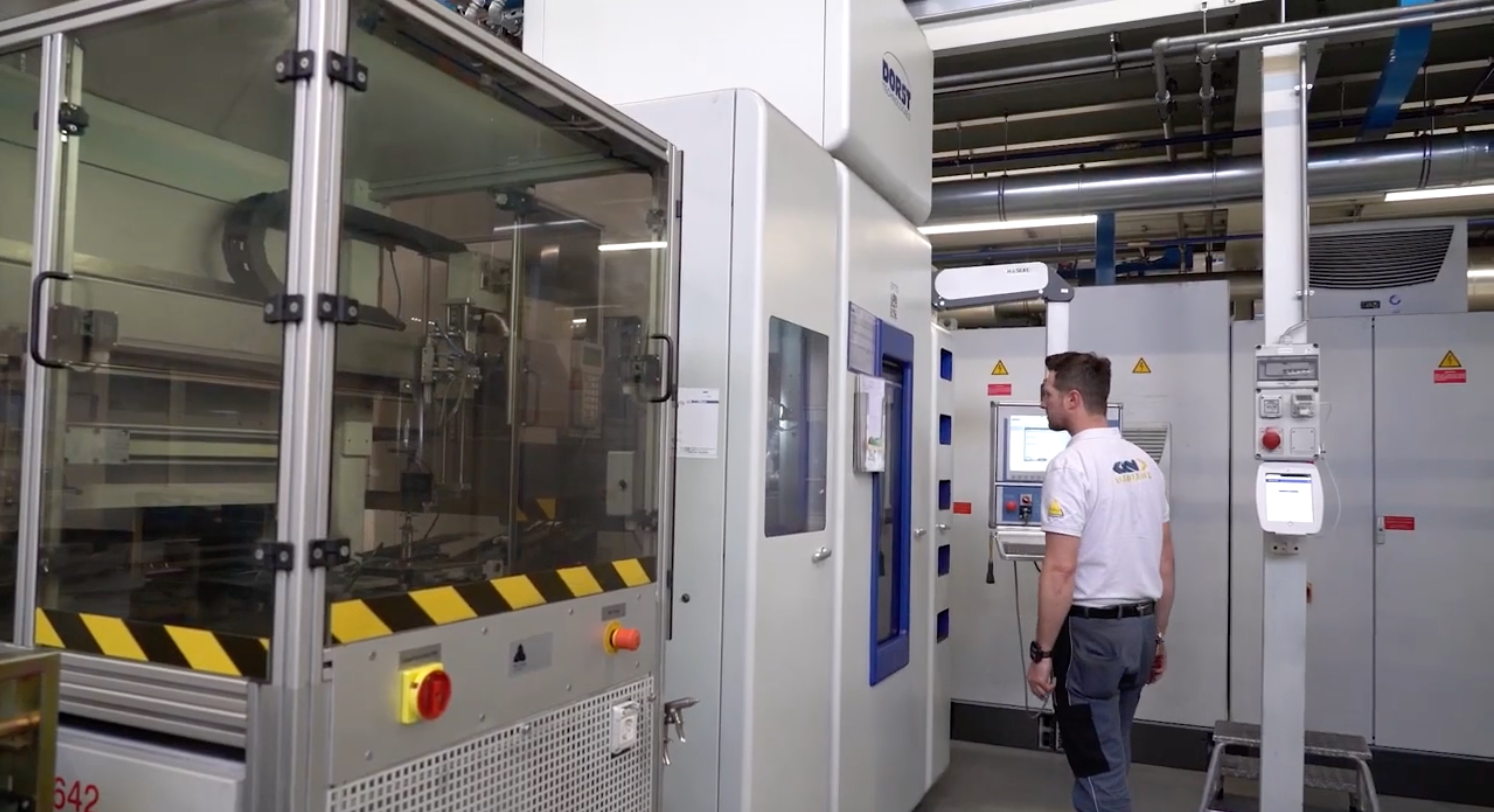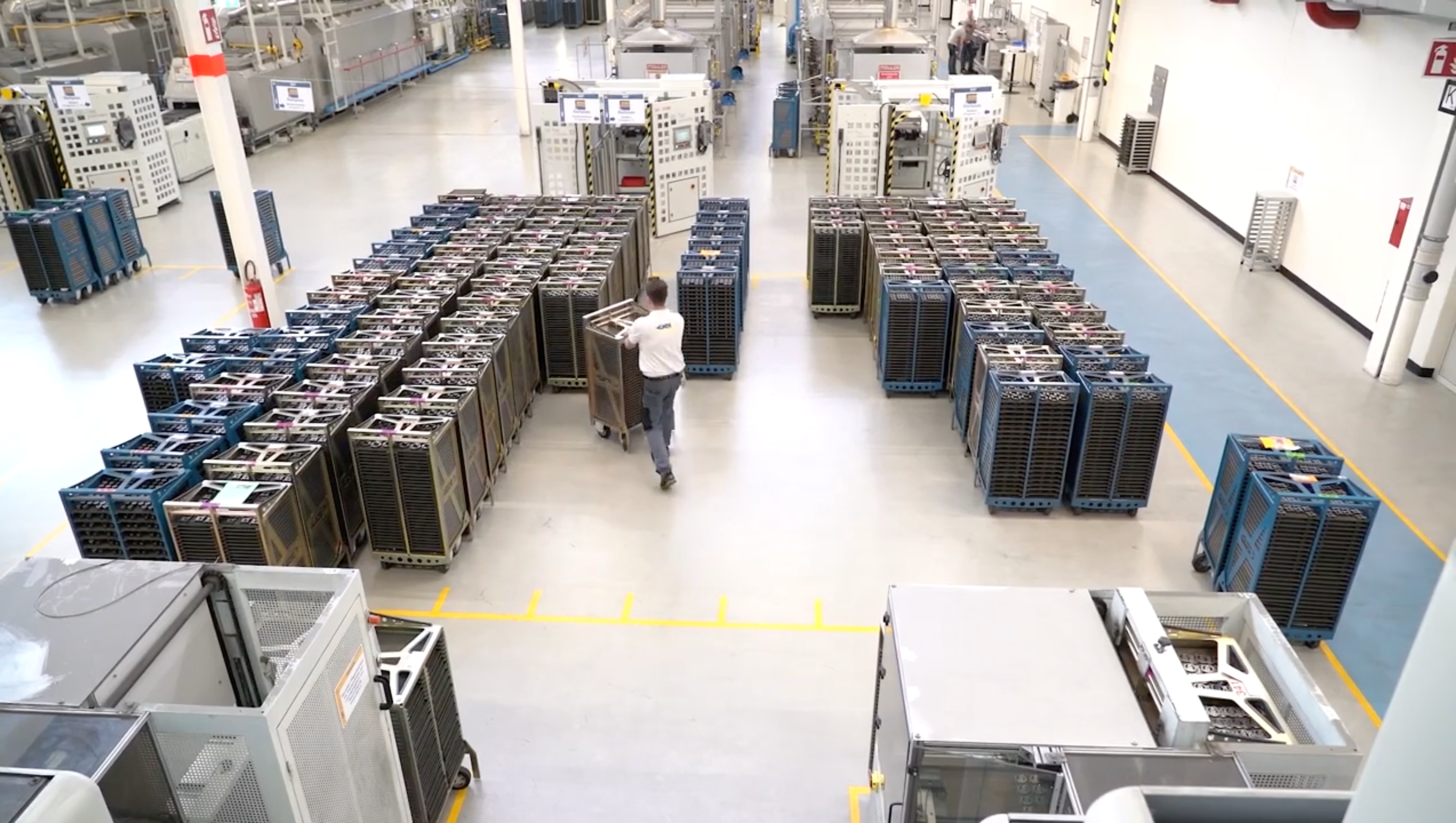How can you improve EPEI with digital tools?
Optimizing production flows is a constant goal in lean manufacturing. One key concept that plays a vital role in achieving this efficiency is EPEI, which stands for Every Part Every Interval. In this blog post, we will explore what EPEI is, its significance in lean manufacturing, and how digital tools can help improve this metric.
Understanding EPEI
EPEI is a fundamental principle rooted in the Toyota Production System (TPS) and Lean Manufacturing methodology. It refers to the concept of producing every part needed for assembly or manufacturing at precisely the right time, in the right quantity, and without any excess or shortage. The goal is to maintain a steady and smooth production flow while eliminating waste such as overproduction, excess inventory, and unnecessary downtime.
The mathematics of EPEI
To understand the concept better, let’s consider a simplified example. Imagine a car assembly line where each car requires four wheels. If we produce all the wheels upfront and store them in a warehouse, we may encounter issues like storage costs, obsolescence, and handling. Instead, EPEI advocates producing exactly four wheels at the point in the production process when they need to be mounted onto the vehicle. This calculation ensures that the production flow is synchronized and waste is minimized.
Mathematically it can be expressed as:
EPEI = (Total number of parts in the system) / (Demand rate)
In our example, if we need 200 wheels per day, and the production process has a total of 800 wheels, the EPEI is:
EPEI = 800 wheels / 200 wheels per day = 4 days
This means that, in the ideal EPEI scenario, we should produce four wheels every four days to maintain a continuous and efficient flow of production.
Benefits for manufacturers
Implementing EPEI in manufacturing offers several tangible benefits:
- Reduced inventory: EPEI helps manufacturers minimize excess inventory. This reduces both storage costs and the risk of amassing a surplus of parts that becomes obsolete.
- Improved efficiency: By producing parts exactly at the time they are needed, production flows become smoother, reducing downtime and increasing overall efficiency of the production chain.
- Cost savings: Lower inventory costs, reduced waste, and improved efficiency all add up to significant cost savings.
- Enhanced quality: EPEI minimizes the likelihood of defects – caused by storing parts for extended periods of time, for example – leading to higher product quality.
Leveraging the digital transformation to improve EPEI
As the manufacturing industry enters the era of digital transformation, we’re presented with the perfect opportunity to harness the power of new, digital tools to facilitate EPEI implementation. Here are some concrete examples:
- Real-time data analytics: Digital tools enable manufacturers to gather and analyze real-time production data. This data can be used to calculate demand rates accurately, allowing for more precise EPEI calculations.
- Supply chain integration: Digital systems can connect with suppliers, ensuring that parts are delivered promptly when needed, eliminating delays and disruptions.
- Production scheduling: Advanced software can optimize production schedules to align with EPEI requirements, ensuring that parts are produced just in time.
Case in point: Workerbase’s Connected Worker platform
Workerbase’s Connected Worker platform is an excellent example of how digital tools can help manufacturers optimize EPEI. We empower operators on the shop floor with wearable devices and mobile applications that connect them to real-time data and processes. It brings together workers, machines and IT systems to give you complete transparency on what’s happening on your production floor.
For instance, assembly line workers equipped with Workerbase devices can receive immediate alerts when it’s time to produce a specific part according to the EPEI calculations, as well as the corresponding work instruction. They can then initiate production without delay, ensuring that parts are available when needed. With takt adherence monitoring, you can also find out exactly where you’re going out of sync, and how you can continue improving.
Smarter EPEI for the digital factory
EPEI is a crucial concept in lean manufacturing, aimed at achieving efficient production flows while minimizing waste. Implementing EPEI can lead to reduced inventory, improved efficiency, cost savings, and enhanced product quality. In the age of digital transformation, manufacturers have access to powerful tools like Workerbase’s Connected Worker platform to facilitate EPEI implementation, ensuring that every part is produced precisely when needed, contributing to leaner and more efficient production processes.
If you’re interested in learning more, get in touch with us below!




